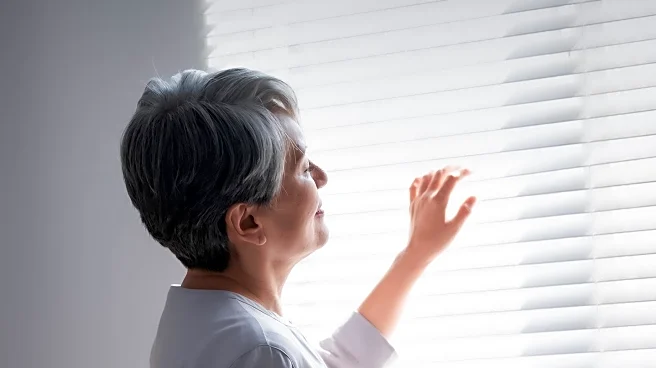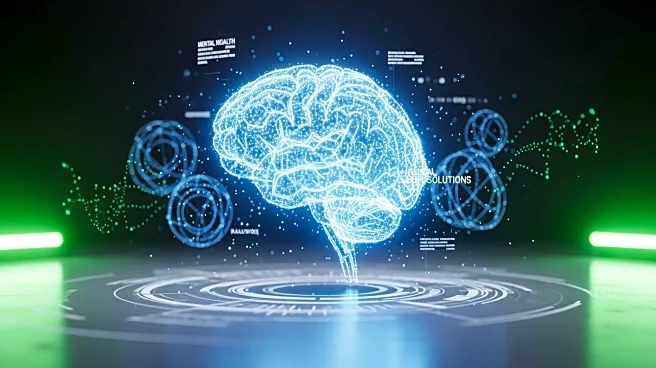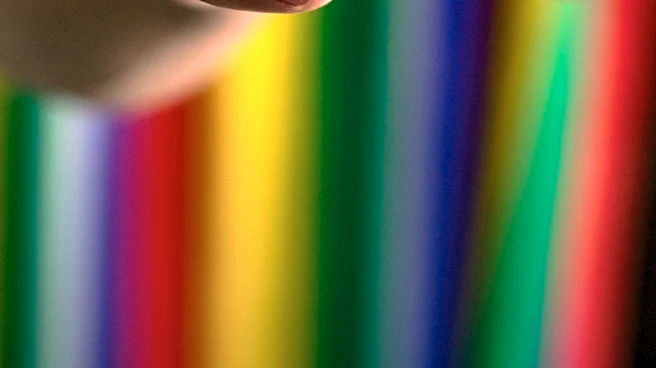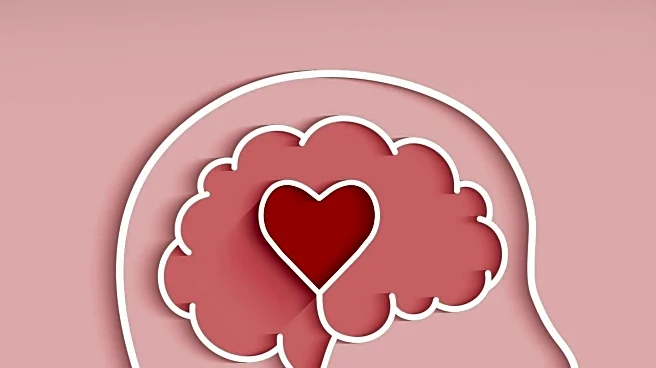What's Happening?
As winter approaches, many individuals experience Seasonal Affective Disorder (SAD), a form of depression triggered by reduced sunlight. This condition affects mood, energy, and sensory experiences, such as taste and pleasure. The disorder is linked to
changes in serotonin and melatonin levels due to diminished sunlight, disrupting the body's internal clock. Neuroimaging studies reveal altered brain activity in regions associated with reward and sensory processing, explaining the emotional and sensory dullness experienced by those with SAD. Symptoms include anhedonia, where individuals find less pleasure in activities, and cravings for carbohydrates and sugar, which temporarily boost serotonin levels.
Why It's Important?
Understanding SAD is crucial for addressing mental health challenges during the winter months. The condition affects a significant portion of the population, particularly in regions with pronounced seasonal changes. The impact on mental health can lead to decreased productivity and quality of life. Recognizing SAD as a biological and sensory imbalance rather than a personal weakness can help reduce stigma and encourage individuals to seek treatment. Effective management of SAD can improve overall well-being and reduce the burden on mental health services.
What's Next?
Treatment options for SAD include light therapy, which simulates natural sunlight to regulate serotonin and melatonin production. Physical activity, particularly in the morning, can also boost mood and alertness. Cognitive Behavioral Therapy (CBT) tailored for seasonal depression has shown effectiveness in managing symptoms. As research advances, personalized treatment approaches that consider individual neurobiological responses may offer more targeted interventions. Public awareness campaigns and healthcare provider training can further support individuals affected by SAD.














